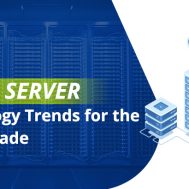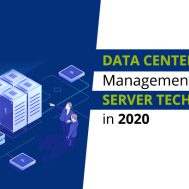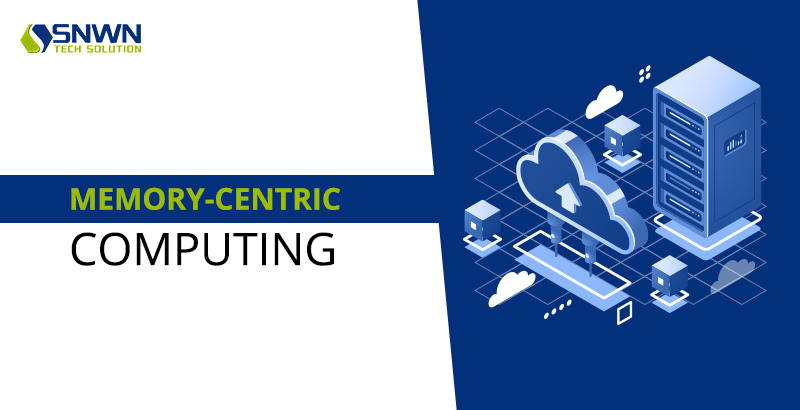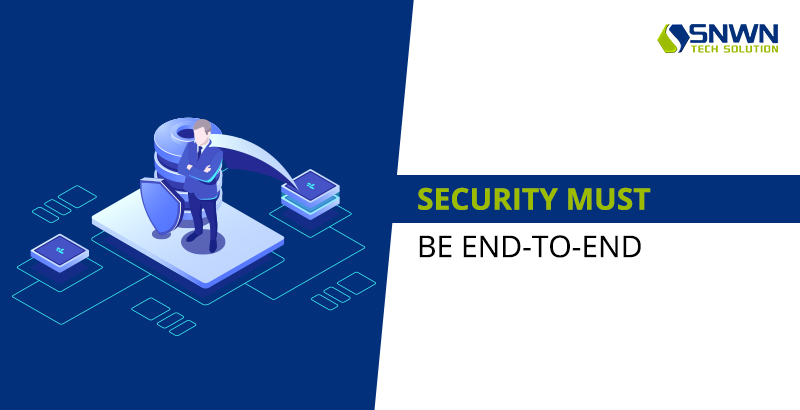Customer Service has existed for as long as the business has; simply because the two things go hand-in-hand.
With the passing of ages, technology has improved and this led to a simultaneous evolution in customer services.
With these, customers have grown to expect faster and efficient support from businesses.
And this is true for every kind of business, be it a small business or a multinational conglomerate.
Advancements in artificial intelligence, real-time messaging, crypto-currencies, self-service, and many more such technologies have the potential to affect the future of the customer service and success industry vastly for the better.
In this article, we will take a look at 10 ways in which the future of customer service will be affected by these advancements in technology.
1. The age of video communication is now!!
Eye contact is a very powerful thing, not just in the novels but in every day-to-day task. And in the customer service industry, this aspect is becoming very necessary.
This is because video calling is no longer a myth. The positivity of video calling lies in the fact that with video calling.
It becomes easier for both the customer to explain his/her issues and the professionals to understand the requirements of the customer easily.
Moreover, with video calling i.e. eye-contact things become very transparent and help improve relationships with customers.
They too can rely on the authenticity of the business. As such this is becoming a very important and useful tool for many businesses.
2. Email will be outpaced by real-time messaging
Just like video communications which are also done in real-time, customers expect support techies to be always “on-line”. This means they would rather prefer to chat than ring up or communicate via email.
One example of such a communicating medium is the Facebook Messenger that has gone one step further to even show their average responsiveness. This means you can avoid unnecessary engagements depending on the responsiveness.
On-site conversations and chats are considered by customers as authentic and in real-time which is a very reassuring option for customers to engage.
There are various tools for helping businesses to collect and assign all incoming messages from customers across various channels in one place so that businesses can effectively carry out their customer service and support tasks.
This helps professionals to identify potential roadblocks and effectively counter balance them.
3. The future is here: Data-driven decision making
Customer service no longer includes only supporting the customers by understanding their issues and solving them.
A lot more goes into it. The first and foremost being understanding customer feedback and upgrading the existing customer service technology in use. To do this we need information or data.
However, in order to effectively use the technology in place, we need a mechanism to measure its success quantitatively and that is where data analytics comes into the fray.
ALSO READ : IT Support Services for Disaster Recovery
This is why service technologies nowadays record the various information gathered via customer interactions.
Moreover, other departments such as marketing and sales departments can also use these data to further develop their initiatives and sales pitches for a better business environment.
4. Social media: not just a platform to connect
Social media has long been a platform for people from across the globe to connect with each other.
However, the fact that whatever anyone says on social media platforms, remains for the world to see, has made it possible for social media to be used as a tool for both sales & marketing as well as for customer support and services.
As authenticity becomes more and more important for any business, many large and small organizations have started using social media as a service tool.
Answering customer queries online gives much credibility to a business’s customer service aspect. This can even go on to improve your brand value as well.
5. Chatbots are here to aid professionals
Nowadays if your customer support/service department does not include a chat-bot, then it is simply not considered to be an effective one. There is logical reasoning behind that.
But before we go into that I’d like to clear one thing first: Chatbots or bots are not AI; they are simply very clever mathematics and logical interpretations that are presented in a conversation-like user interface.
So, how are bots the game-changer of the future? Well you see it acts as a SaaS and answers customer queries and then resolving common issues.
In case the query is unique or not in the scope of the bot it will automatically redirect to a customer service agent. Moreover, bots are online 24/7 even when your customer service team is asleep.
6. Self-service is rapidly becoming a necessity
More often than not, customers complain about the length of time they had to wait for a call and forget about the real problem for which they were making the call in the first place.
The aim of self-service is to reduce this time delay for the customers. This is becoming more important because each and every service query does not need a human response.
This is why many organizations are including self-service tools in their customer service department.
These include creating a detailed FAQ section that the customers can go through thoroughly and be able to solve the problems themselves.
Chatbots are another self-service example as we saw just above.
These tools are most effective for those customers who work for long hours or like to get things done on the commute.
ALSO READ : 10 Mistakes Sales Representatives Makes Way Too Often And The Solutions To Avoid Them
7. Customer support and SEO
Contacting customer service to get your issues resolved has been the traditional and conventional method in the past.
However, with the turn of the century, we were introduced to this awesome thing called Google.
Nowadays we tend to ask Google for any big or small issues we have in every sphere of our lives.
But with this, there also comes the chance that your customers may end up on a different page and find wrong suggestions to their solutions, which can make things worse for your clients.
And in this age of customer success and services, that is the last thing you want to happen to your customers. This is where SEO comes in as it can really work wonders.
8. The role of Artificial Intelligence and Machine Learning
Artificial Intelligence is something that is no longer a science-fiction. It is as real as sunlight and rain.
According to a report, 85% of customer interactions are predicted to be managed without any human intervention by 2020.
AI and Machine Learning can effectively impact customer support and after-sales support in the days to come.
9. Blockchains for e-commerce customer support
Blockchains are going to be very beneficial to the e-commerce and electronics industry in the future; mainly their post-sale customer support departments.
This is because, with Blockchains, a company can access all the information regarding their products in a single ledger.
This will contain everything from the manufacturing date, installation date, product details, and ownership details.
Moreover, this information will be shared between all the parties involved, i.e. the manufacturer, the customer, part-providers, and any other parties involved.
This means more transparency and hence better customer service and success.
10. Customer success in place of Customer service
Customer success is predicted to be the motto of the future as much as customer service is today.
The pace at which companies nowadays are searching for customer value is the main driving force for this to happen.
However, this can have an adverse effect on small businesses that are looking to increase their customer base.
That is why organizations already practicing customer success today are bound to stay ahead of the curve when this finally hits the ground.
Always remember that better customer support improves customer satisfaction and that is what really drives for a successful business.
ALSO READ : Work Smarter: Live Chat Best Practices








